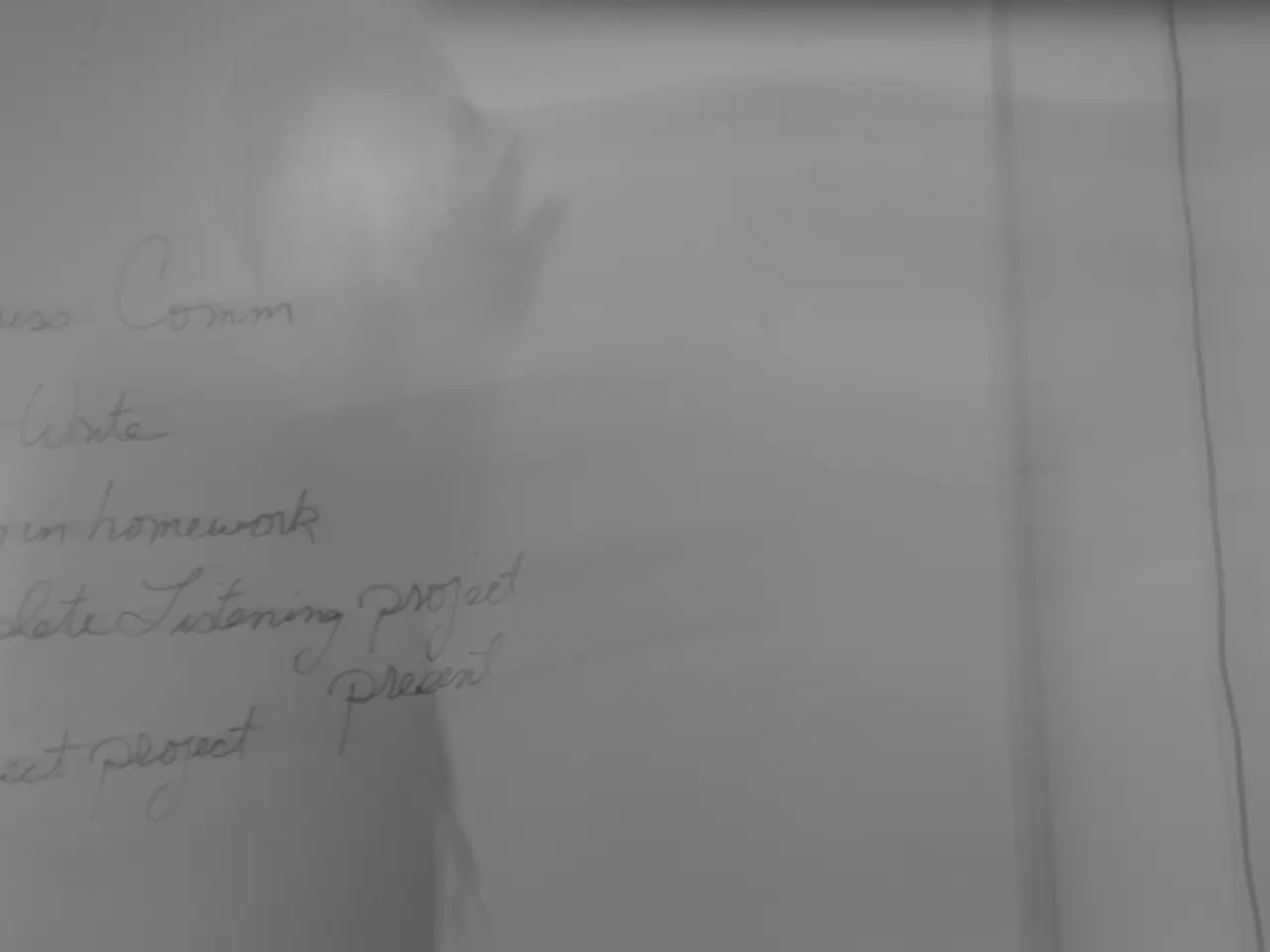Chlor-Alkali Industry's Revenue Set to Exceed USD 88.1 Billion | Compound Annual Growth Rate (CAGR) of 4.2%
The global chlor-Alkali market is experiencing robust growth and is projected to expand significantly over the next decade. In 2024, the market reached approximately 93.58 million metric tons (MMT) and is expected to grow at a compound annual growth rate (CAGR) of around 4.3% to 4.5% from 2025 to 2034, aiming to reach a volume between roughly 125 to 145 MMT by 2034[1][2][3].
Asia-Pacific, including India, is a dominant region in this market, holding about 45.2% of the global market share as of 2022. The region's growth is driven by strong industrial demand, particularly in the chemical manufacturing sector, which uses chlor-Alkali products (chlorine, caustic soda, hydrogen) as essential feedstock for producing a broad array of goods such as textiles, paper, paints, soaps, detergents, pharmaceuticals, and agricultural chemicals[3][4].
Key players in the market include Formosa Plastics USA, Tata Chemicals, Tosoh, Westlake, and Occidental's chemical business, OxyChem. Notable developments include Formosa Plastics USA lifting a force majeure for chlor-Alkali (from a past weather disruption), Tata Chemicals commissioning a state-of-the-art chlor-Alkali plant in India around mid-2024, and Tosoh ceasing production of sodium sulfate by end-2024 to streamline its chemical portfolio[1].
Westlake has received Diamond Level recognition from the Chlorine Institute for safety excellence in its chlor-Alkali unit and is constructing a new chlor-Alkali facility at Geismar, Louisiana, expanding annual chlorine capacity by ~55 million pounds. Westlake has also restarted operations at its Calvert City, Kentucky chlor-Alkali complex following planned turnarounds[2].
In India, the chlor-Alkali market experienced robust growth, supported by rising demand from the textile and detergent industries. Southeast Asia is making a swift transition from mercury cells to membrane cell technology, a move that contributes to the market's growth[4].
The pulp and paper industry represented the largest end-use segment in 2024, holding a 26.7% market share. Caustic soda is deeply integrated into pulp processing for removing lignin and bleaching fibers. Caustic soda also plays a critical role in extracting alumina from bauxite during aluminum refining, and it is used to soften fibers, assist in dye penetration, and treat cotton and man-made textiles in the textile industry[1][3].
Chlorine is a fundamental raw material in the manufacture of polyvinyl chloride (PVC), used extensively in construction and automotive industries. In 2024, the Asia-Pacific region led the global market, with a 38.9% share and a value of around USD 22.7 billion[3].
Solvay is collaborating with ENOWA (NEOM) to develop a large carbon-neutral soda ash plant in the Middle East, and Solvay signed a technology license agreement with Guangxi Chlor-Alkali Chemical to enable a hydrogen-peroxide megaplant in Qinzhou, China. Hydrogen gas, generated as a byproduct in chlor-Alkali production, is increasingly used in fuel cells, hydrogen peroxide manufacturing, hydrochloric acid synthesis, and as an industrial heat source[1].
OxyChem's subsidiary 1PointFive signed a 25-year CO2 offtake agreement and is exploring a direct air capture (DAC) joint venture with ADNOC's XRG in South Texas. Tosoh recently announced an AI-powered supply chain transformation in partnership with Kinaxis[2].
In Q1 FY26, Tata Chemicals posted a 68-87% year-on-year rise in net profit due to cost efficiencies and reduced power/fuel expenses[5]. The global Chlor-Alkali Market is projected to grow from USD 58.4 billion in 2024 to approximately USD 88.1 billion by 2034[3].
[1] Chlor-Alkali Market 2025-2034: Trends, Challenges, and Strategies for Growth
[2] Westlake Chemical Corporation Receives Diamond Level Recognition from the Chlorine Institute
[3] Chlor-Alkali Market Size, Share & Trends Analysis Report By Product (Chlorine, Caustic Soda), By Application (Pulp & Paper, Water Treatment, Textiles), By Region, And Segment Forecasts, 2021 - 2028
[4] India Chlor-Alkali Market Growth Opportunities, Challenges, and Strategies
[5] Tata Chemicals Q1 net profit up 87% to Rs 1,339 crore
The finance sector could potentially invest in the expanding chlor-Alkali market, considering its significant growth projection from 2025 to 2034, aiming to reach a volume between 125 to 145 MMT. The renewable-energy industry may find opportunities in the byproduct Hydrogen gas, generated during chlor-Alkali production, which is increasingly used in fuel cells and hydrogen peroxide manufacturing.




